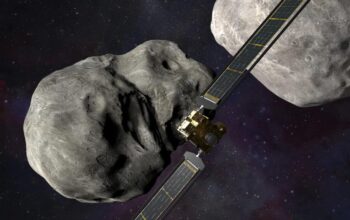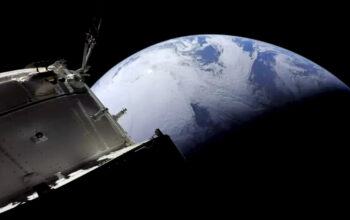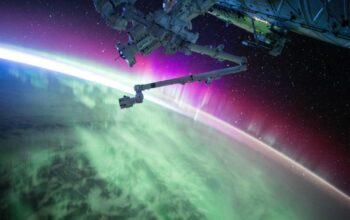The US has announced that an international astronaut will be part of NASA’s mission to the Moon, as it looks to the rest of the world to help with the Artemis program to return astronauts to the lunar surface. During a meeting of the National Space Council, Vice President Kamala Harris said, “we intend to land an international astronaut on the surface of the Moon by the end of the decade.” NASA has been working with international partners for a while, having included astronauts from partner nations on human spaceflight missions since the space shuttle in 1983.
Canada’s Jeremy Hansen was named as one of the astronauts for the Artemis II crew training, a mission that will see them fly around the far side of the Moon at some point in 2025. However, an international astronaut will be set to accompany an American crew member on a lunar landing mission sometime later in the decade. Japan has committed to supplying the life-support system for the Gateway’s international habitation module, as well as providing resupply services to the orbiting station. They are also interested in building a pressurized rover for astronauts to drive across the lunar surface.
The European Space Agency (ESA) funded the development of the service modules used on NASA’s Orion spacecraft, which will ferry astronauts to and from the Moon. It is also working on developing the vital refueling and communications infrastructure for the Gateway mini-space station, set to be constructed in orbit around the Moon. Russia, Japan, and the ESA, in that order, are responsible for paying operating costs for their respective sections of the International Space Station (ISS), while NASA is responsible for over three-quarters of the US-led section’s budget.
Partners in the Artemis program contribute according to their financial ability, with NASA assigning crew members based on each partner’s financial contribution. The US has recently committed to flying a Japanese astronaut aboard the Gateway orbiting space station, while Canada is building the station’s robotic arm. Furthermore, a Canadian astronaut is already included on NASA’s first crewed Artemis mission; however, they won’t be landing on the Moon.
With so many countries involved, the Artemis program is becoming a vital part of furthering international relationships between the US and its global partners.
Harris’ announcement elevates the soft power of the United States and enhances its national prestige while continuing to foster close cooperation with its allies. With the projects in development, it seems highly likely that a European astronaut will be the first to touch down on the Moon with NASA as an international partner.
















